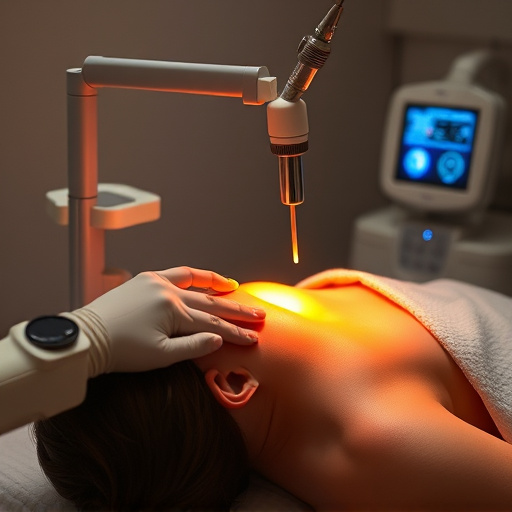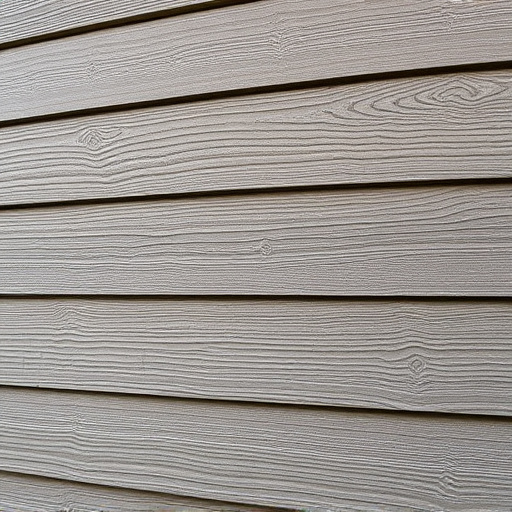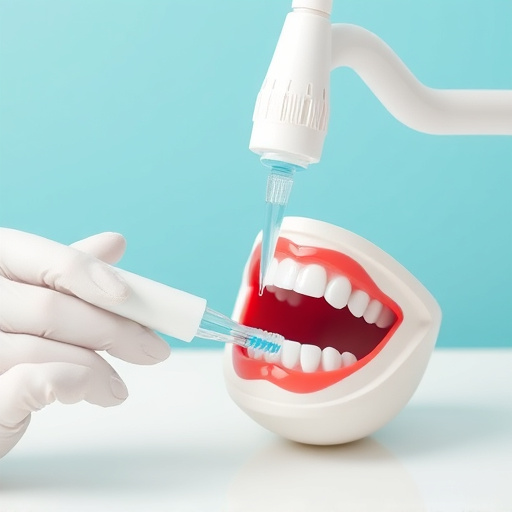Gum inflammation (gingivitis) caused by bacterial buildup leads to redness, tenderness, and bleeding, potentially progressing to periodontitis and tooth loss. Factors include poor hygiene, medications, pregnancy, diabetes, and systemic diseases. Deep cleaning treatments effectively remove plaque and tartar, promote gum healing, reduce inflammation, and prevent severe dental issues, especially crucial for children's dentistry and dental implant candidates. Post-treatment sensitivity is manageable, with regular follow-ups and cosmetic procedures enhancing oral health and aesthetics.
Suffering from gum inflammation? You’re not alone. It’s a common dental issue, but there’s hope. Discover how a deep cleaning treatment can offer much-needed relief. This comprehensive guide delves into the causes and symptoms of gum inflammation, explaining how this non-invasive procedure works to reverse damage. Learn about the step-by-step process, expected outcomes, and recovery time. Take control of your oral health with our expert insights on the benefits of deep cleaning treatment.
- Understanding Gum Inflammation: Causes and Symptoms
- The Role of Deep Cleaning Treatment in Relief
- Step-by-Step Guide: What to Expect During and After the Procedure
Understanding Gum Inflammation: Causes and Symptoms
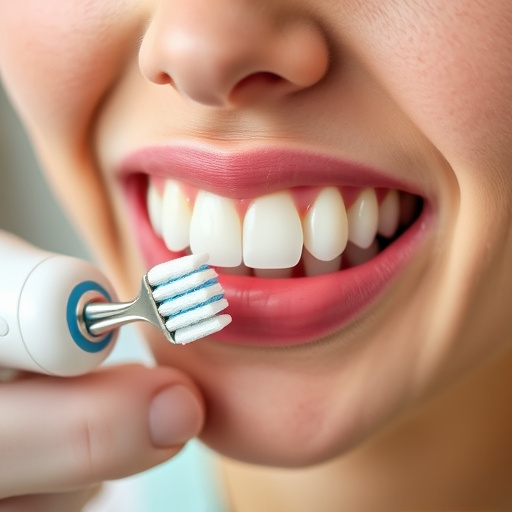
Gum inflammation, also known as gingivitis, is a common yet often overlooked oral health issue. It occurs when the gums become irritated and swollen due to bacterial buildup along the gumline. This condition is characterized by redness, tenderness, and bleeding during brushing or flossing. While mild cases might not cause significant discomfort, untreated gingivitis can progress to periodontitis, a more severe form of gum disease that affects the tissues supporting teeth, potentially leading to tooth loss.
Several factors contribute to gum inflammation, including poor oral hygiene practices, certain medications, pregnancy, diabetes, and systemic diseases. In children’s dentistry, it’s crucial to introduce proper brushing and flossing techniques early on to prevent gingivitis from becoming a recurring issue. Even those considering dental implants need to maintain good oral hygiene to ensure the long-term health of their gums and the success of the procedure. A deep cleaning treatment can be an effective solution for managing gum inflammation by removing plaque and tartar buildup, thereby promoting gum healing and reducing inflammation.
The Role of Deep Cleaning Treatment in Relief

Deep cleaning treatment plays a pivotal role in providing relief from gum inflammation, a common yet potentially serious oral health issue. This specialized procedure goes beyond routine dental cleaning by targeting and eliminating plaque and tartar buildup, both primary causes of gingivitis and periodontitis. By deeply cleaning the gums and teeth, it removes irritants that can cause swelling, redness, and bleeding—symptoms characteristic of gum inflammation.
In the broader context of comprehensive dental care, deep cleaning treatment is a game-changer, especially for patients considering tooth extractions due to severe gum disease. For pediatric dentistry as well, early intervention through deep cleaning can forestall the need for extensive treatments later in life. By addressing gum inflammation proactively, individuals can enjoy improved oral health, leading to better overall well-being and a more vibrant smile.
Step-by-Step Guide: What to Expect During and After the Procedure
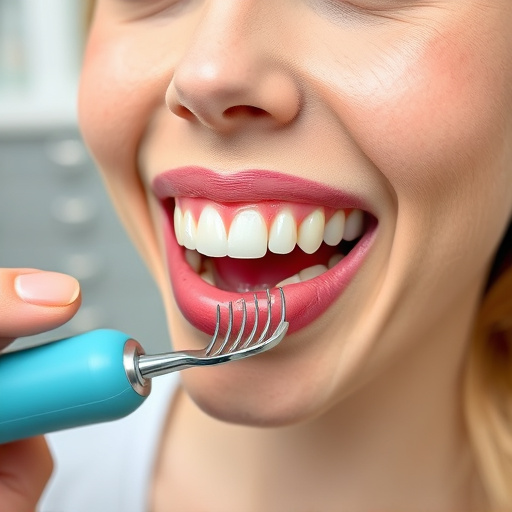
During a deep cleaning treatment, patients can expect a thorough yet comfortable process aimed at eliminating plaque and tartar buildup below the gumline. The procedure typically begins with an initial examination to assess the extent of inflammation and gum disease. Following this, a local anesthetic may be applied to numb the area, ensuring no discomfort during the actual cleaning.
A dental professional will then use specialized tools, including scalers and curettes, to carefully remove plaque and tartar from the root surfaces and below the gums. This meticulous process requires skill to ensure the health of both the gum tissues and teeth. After the deep cleaning, patients can expect some temporary sensitivity, but any discomfort is usually manageable with over-the-counter pain relievers. Regular follow-up visits are crucial to maintain oral health, as well as consider additional cosmetic procedures like dental crowns, bonding, or fillings if needed for restoration and aesthetic enhancement.
Deep cleaning treatment has proven to be an effective game changer in managing gum inflammation. By addressing the root causes and removing plaque buildup, this procedure offers lasting relief for those experiencing painful and swollen gums. With a simple step-by-step process, it’s an accessible solution that can significantly improve oral health, ensuring a healthier smile long-term. Remember, seeking professional guidance is key to finding the best treatment plan tailored to your needs.


